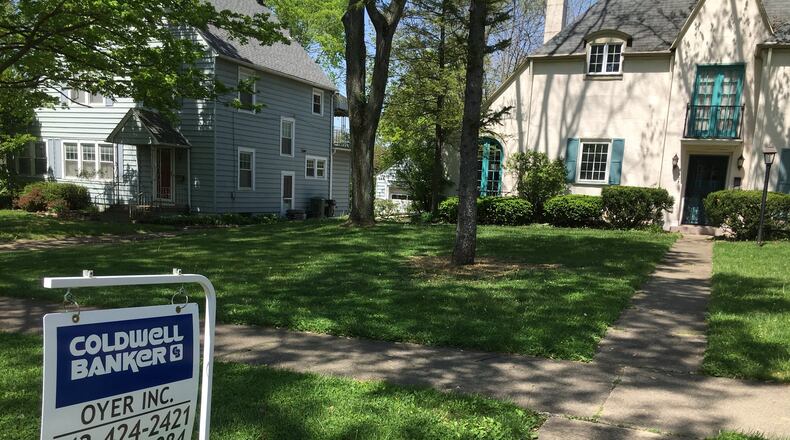Adkins took council through a 50-slide presentation and also presented nearly two dozen color-coded charts of the city’s Census tracts containing everything from the age of infrastructure, to the number of drug overdoses and emergency calls for service, housing vacancy rates as well as housing and property values.
Information also included what the city would have to do to balance its housing stock and property values just to be even with Butler County.
“I wanted to make comparisons that made sense,” he said. “I don’t think I’m saying anything that will surprise you.”
Among those comparisons were various data points, about income, housing, education, jobs, and more of where the city was in 2000 and where it was in 2015. He also pointed out the “perfect storm” that the great recession brought, which also hurt the city.
“Most people say everyone took a hit during the great recession and everyone took a step back,” he said. “(Middletown) took several steps back.
Adkins presented the Census statistics in which Middletown’s poverty rate skyrocketed from 9.2 percent in 2000 to 21 percent in 2015 — or the number of families living below the poverty rate went from 1,292 families to 2,555 families. The city’s poverty rate is nearly double that of the state.
During that time period, Middletown lost 4,580 residents under age 54 and included 3,159 working age adults, he said.
The city’s average household income was $48,049 in 2015, which is below the Butler County average household income of $74,035 and Ohio’s average household income of $66,409, according to the Census data.
Adkins said if that average household income was raised to the state average, the city would see more than $6.34 million in additional income tax revenue and $8.98 million if was raised to the Butler County average.
“That’s a huge number,” he said.
His point was that housing drives many other issues in the city.
“Poor quality or low value housing tends to lock in lower income, lower educated residents limiting our work force development and income tax base,” he said.
Looking closer at housing, Adkins said the median home value in Middletown dropped from $107,500 in 2000 to $93,700 in 2015. Overall, he said 78.4 percent of Middletown’s home values were under $150,000. Adkins said that 79.3 percent of the city’s housing was built before 1980 and 21.5 percent was built before 1939.
In addition, he said more than 49 percent of housing in Middletown is two bedrooms or less, meaning people who have larger families and want to move up to the next housing level are forced to go elsewhere. The percentage of owner-occupied housing is 52.7 percent, while rentals are at 47.3 percent.
He also noted the city’s most serious crimes are occurring in rental properties and that ten landlords filed 682 of the 1,747 eviction cases in Middletown Municipal Court in 2016. Adkins said according to court records, one tenant was evicted eight times last year.
Just between 2011 and 2015, the city’s property values dropped 13.5 percent or nearly $58.4 million.
“We are no longer competitive in the southwest Ohio real estate market,” Adkins said. “….We’re going to have to take action to correct this.”
Adkins said just to balance Middletown with Butler County housing, the city would have to demolish 4,303 smaller houses and replace them with new 3 to 4 bedroom homes. He said to balance the city’s housing stock based on price range with Butler County, the city would have to demolish 3,788 homes under $150,000 and replace them with homes priced between $150,000 to $499,000. He also said the city would have to demolish 3,878 rental units to balance with Butler County’s rental housing.
“This is the beginning of this discussion, but there are things we can do,” Adkins said. “There are a large number of tools successfully utilized in other parts of Ohio and around the country that Middletown has never considered to deal with this issue. We are not blazing new trails.”
Adkins said he will be making the same presentations to various community groups and organizations over the next three to six months as the city begins to develop a new 10-year housing policy. Once that is completed, Adkins said once the policy is completed, another round of community engagement and discussion will begin to get community buy-in. After that is done, the final plan will be adopted as part of the new city master plan.
“We need to build understanding and trust and we need to take action over the next 10 years,” he said.
Council was supportive of Adkins plans to engage the community about this issue.
“We need to move forward, the sooner the better,” said Councilman Dan Picard. “The city needs to do something.”
About the Author

